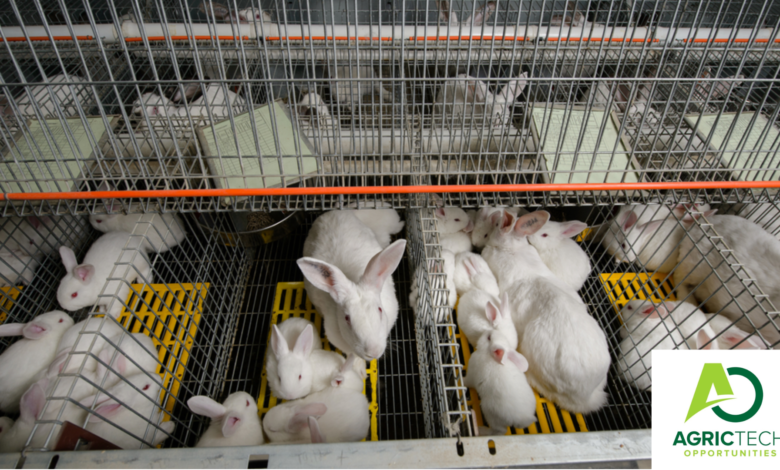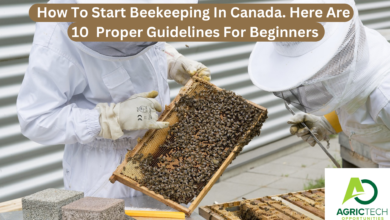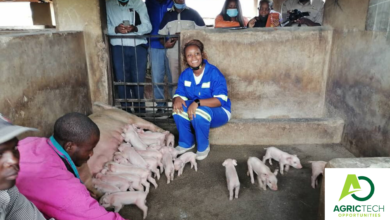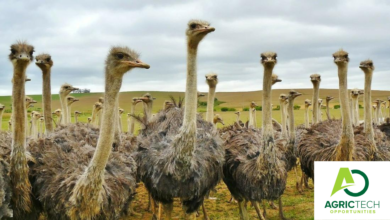Explore Smart Rabbit Housing Systems 2023

Host
Global Rabbit Production
Target Audience
Rabbit Farmers
Introduction
Rabbit housing refers to the structures or enclosures where rabbits are kept. The size and design of the housing should provide adequate space for the rabbits to move, rest, and exhibit natural.
ALSO READ: All You Need To Know About Dairy Milk Quality 2023 Addition
Rabbit Housing should be able to provide:
•Adequate space: avoid stress; provide good ventilation (NH3 from their urine)
•Protection: Housing should be able to prevent against injury within the hutch, rain, direct sunlight, direct and indirect wind
•Protection against predators such as dogs, cats, rats, ants, and man
•Convenience and accessibility: for operations and cleaning by the stockman
•Protection against escape of the rabbits
•Affordable to build and maintain
•Depends on scale and purpose of the operation
•Factors that affect housing design include:
•Climate
•Raw materials (availability and cost)
•Scale (large or medium)
•System of production (intensive, extensive or semi-intensive)
•Expertise of the rabbit production
•Resources
ALSO READ: Understanding The Ostrich Industry In Zimbabwe and South Africa 2023 Guide 2023‘
Some housing scenarios

Hutches:
They are typically made of wood and wire mesh and provide separate compartments for each rabbit.
- Can be wooden (warmer) or metallic (more durable and hygienic but expensive)
- Hutches are commonly used housing.
- The size of the hutches should be appropriate for the breed and size of the rabbits.
- Materials used are gum poles for the frame covered with chicken wire mesh or wire frame (8 gauge or straining wire can be used)
- Wire cages allow urine and faeces to drop off, facilitating hygiene in the unit
- Indoor hutches are preferable, especially for large units
- Each hutch should have a solid floor to provide a comfortable resting area for the rabbits.
Housing system

Nest boxes
Nest boxes should give the doe seclusion, provide adequate ventilation and protect litter from drafts
An open top plywood nest box with a pop-hole for entrance works well
Can be 30.5 x 30.5 x 61 cm or 40cm long x 36cm wide x 30cm high
should be insulated and filled with straw in winter
It should prevent the young rabbits leaving until they are at least 2-3 weeks old
Floors
- Wire floors allow faeces and urine to escape reducing building up of infection
- All solid floors must be covered with bedding material e.g. sawdust, straw, grass hay, leaves, wood shavings
- Damp bedding has to be constantly changed
- if wire mesh floors are used, they should have a solid resting board or mat for the rabbits to sit on.
- Concrete floors, or ground, below wire cages must be covered with sawdust to absorb moisture and urine
- Solid floors are recommended for rabbit housing as they provide a comfortable surface for the rabbits to rest on
Stocking Density:
Stocking density refers to the number of rabbits housed per unit of space. It is important to avoid overcrowding as it can lead to stress, aggression, and health issues.
•Floor space allowances
•Doe plus litter — a minimum of 0,85 m2
•Growing rabbits on wire floor need 0,093 m2/rabbit
•Growing rabbits on solid floors need 0,140m2 – 0,168 m2/rabbit
•Welfare recommendations
•A maximum stocking density of 40 kg rabbit live weight/m2 for fattening rabbits
•Size of hutches
•Breeding & lactating does: 90 x 100 x 45cm high
- a general guideline is to have no more than 1 rabbit per square foot of floor.
•Mature bucks: 65 x 90 x 45cm high
•Growing rabbits: 45 x 90 x 45cm high
•Placed >60 cm off the ground to allow for droppings to fall to the floor facilitating hygiene
•Sufficient strength and height to preclude predators
•Wire cages are recommended over wooden ones because they are durable and are easy to clean and disinfect.
ALSO READ: The Benefits of Doing an Internship: How It Can Help You Get Ahead in Your Career
Recommendations
Rabbit welfare should be a priority when designing and managing their housing. This includes providing adequate space, proper ventilation, clean and dry, access to fresh water and a balanced diet, and protection from extreme weather conditions. Rabbits should also have opportunities for exercise and social interaction.
Housing Equipment:
Rabbit housing should include appropriate equipment such as feeders, waterers, nesting boxes, and toys. Feeders and waterers be easily accessible and kept clean to ensure the rabbits have a constant supply of fresh food and water.
Roughage / Forage rack
it can be fitted inside or outside of the hutch
It must not limit feed intake
It must contain fresh succulent forage
1.Water trough
2.Feeder
3.Kindling (nest) box
4.Forage / Roughage rack
ALSO READ: The Power of Networking And Connections To Succeed For Interns 2023/24
Nesting boxes provide a safe and comfortable space for rabbits to give birth and nurse their young. Toys and enrichment items, such as tunnels or chew toys, can help prevent boredom and promote natural behaviors.
Record Keeping:
Keeping records of rabbit housing and management is important for monitoring the health and productivity of the rabbits. Records should include information on breeding, births, deaths, vaccinations, feed consumption, and any health issues or treatments. This information can help identify trends, track performance, and make informed decisions.
Economics and Marketing:
When considering rabbit housing, it is important to consider the economics and potential market for rabbit products. The cost of housing, equipment, feed, and labor should be taken into account to ensure the venture is financially viable.
Additionally, understanding the market demand for rabbit meat, fur, or pets can help determine the scale and profitability of the operation. Market research and networking with potential buyers or distributors can help identify opportunities and develop a marketing strategy.
Water/Feeding Trough
it should be impossible to tip over
Deep enough to discourage scratching out of contents
It must not cause injury to the rabbit
It should not be expensive to prevent increase in cost of production
Record keeping
•Basic records:
1.Breeding records: date bred and breed used, buck and does bred
2.Kindling records: Does that kindled, date and number kindled (numerical size of the litter), number alive and number dead
3.Number and weight of weaned rabbits
4.Average weight and age at market time
5.Expenditures (including utilities)
6.Sales
Why records:
1.Evaluate business performance
2.Management and business decisions
3.Tax purposes
4.Control, assessment and planning
Types of records
•breeding, nesting, kindling, purchases, weight culling, replacement selection, feed conversion, mortality and marketing
The recommended minimum floor space per rabbit
It depends on the breed and size, but generally, it should be at least 1 square foot per pound of rabbit weight. For example, a 5-pound rabbit would require a minimum of 5 square feet of floor. Additionally, rabbits should have enough headroom to stand up on their hind legs without their ears touching the ceiling.
ALSO CHECK: 4 Ways To Increase Live Weight In broilers And Egg Size In layers
For more updates On Agric Tech Opportunities kindly join the social groups below:




